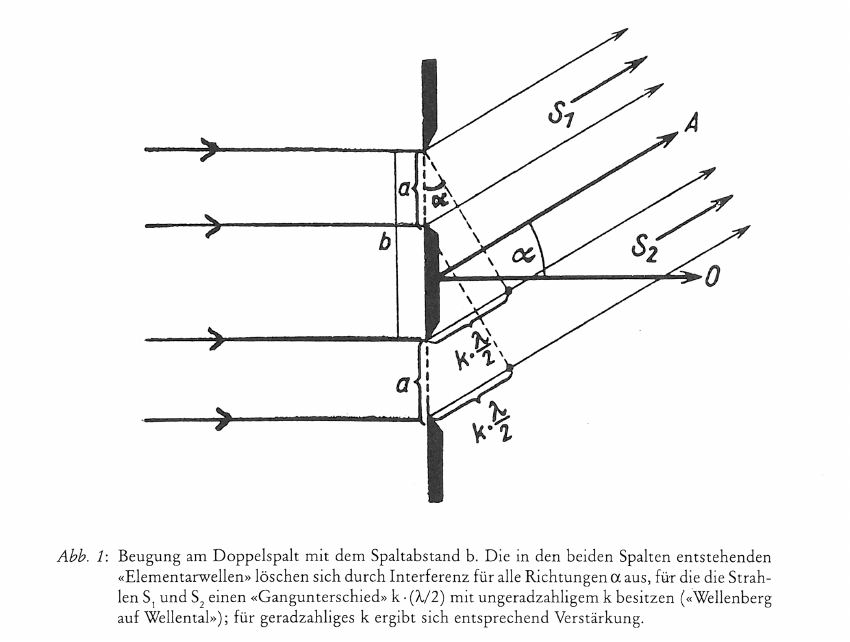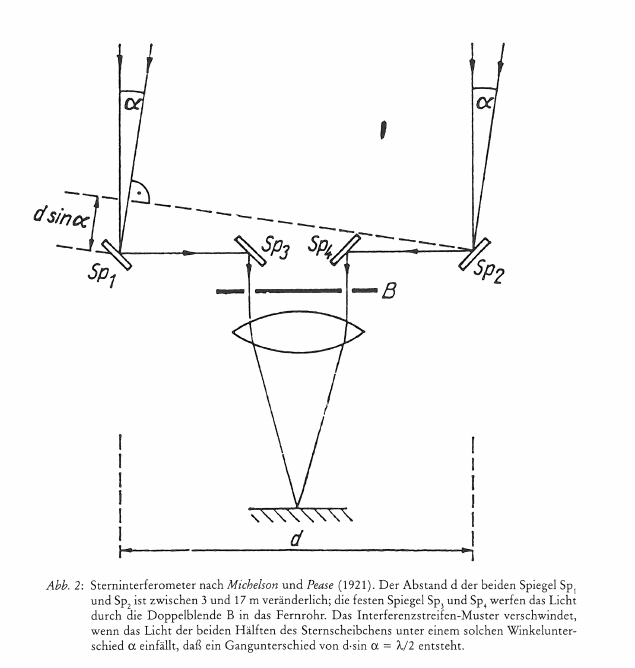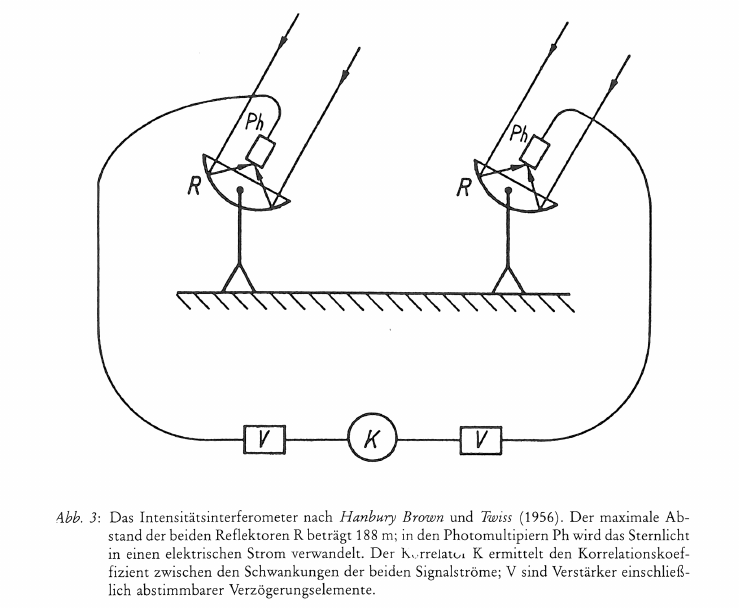Die Photonen der Physik, die Potenzlehre des Aristoteles und das «Imponderabele» nach Rudolf Steiner
Export Article Citation as
- Plain text
- BibTeX
- RIS format
- Download price : € 6.00
Abstract:
After Michelson and Pease (1921) made the first measurements of star diameters using the phase interferometry of light waves, Hanbury Brown and Twiss (1956) got similar results by analysing the correlation of photoelectric signals from photomultipliers in two telescopes, placed 188 m from each other - with no respect to any wave aspect of light at all. Hence the question arises, how statistically emitted photons, active only in the first reciever, may influence the arrival of photons in the second distant telescope. One can find similar problems of cognition about 2500 years ago in Zenon’s «aporiae» of motion. The solution brought by Aristotle's discrimination between «possibility» (dynamis) and «realization» (energeia) still may help us at present in solving the contradiction between photons «possibly» present anywhere inside their sphere of coherence and photons «really» active only at the very distinct points. This connection to ideas of Aristotle can be confirmed when considering the quantum mechanics of photons in space. - Lastly attention has been called to the similarity of the «gesture» of the processes connected with the origin of light at the «Old Sun» as decribed by Rudolf Steiner and the behaviour of «possible» and «realized» photons within their sphere of coherence.


